Martin Puryear’s Lookout—Storm King’s newest site-specific commission—is a structure created from layers of red clay bricks laid using thin-shell masonry techniques. Rather than straight lines and vertical walls, however, the work curves inward and upward, opening to allow entry from one side while producing a swelling form on the opposite end. The twenty-foot-tall sculpture is shaped by a series of nine segments: at the open end, the first of these segments emerges visually and structurally as an arch, set perpendicular to the ground plane. Each successive segment is set against its neighbor at an increasingly acute angle, sweeping upward until the bricks of the final segment are laid in the form of a dome at the summit of the artwork.
Lookout marks the artist’s first use brick as a material, recognizing brickmaking as a once-primary industry in the Hudson Valley and referencing the vernacular structures that dot the local landscape. The work emerges from Puryear’s exploration of traditional masonry forms, including the daring techniques of Nubian vault-building without formwork that the artist witnessed in Mali; classical Roman arches and domes; the curved and tapered forms of bottle kilns at the ceramics factories of Stoke-on-Trent, in England; and the curved entablatures of the Squadron A Armory on the Upper East Side of Manhattan, which seem to defy gravity. To achieve this ambitious and unconventional use of the material, Puryear worked closely with several trusted collaborators, including structural engineers, architects specializing in Guastavino vaults, kiln-builders, and expert brick- and stonemasons.
Inside, Puryear uses the work’s form and setting to encourage a heightened sense of presence. Facing southwest, the masonry arch frames a sweeping view of Storm King’s landscape, with the contours of Schunnemunk Mountain in the far distance. The brick surface is punctuated by a constellation of ninety circular openings created by tubes of fiberglass-reinforced concrete in varying sizes. The tubes, or oculi, act as apertures, creating pinhole vignettes of the surrounding trees and sky. The “sweet spot,” indicated by the paving pattern, enables visitors to see out of all of the oculi at once.
Puryear describes the title of the work, Lookout, as simultaneously “a physical place, an invitation to observe and engage with the natural world, and a warning.”
1 Museum Road
New Windsor, NY 12553
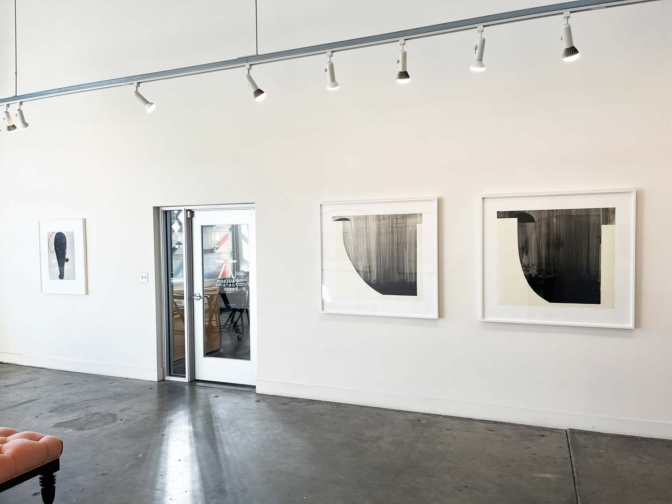
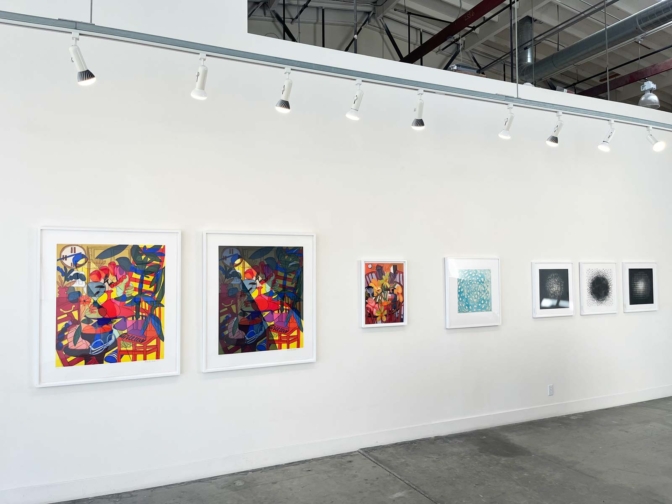
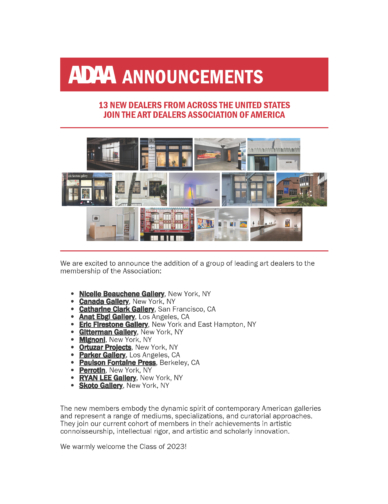

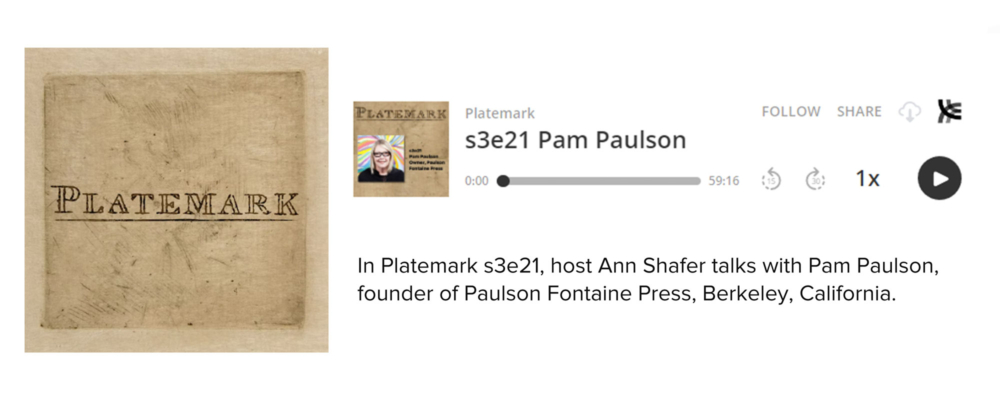
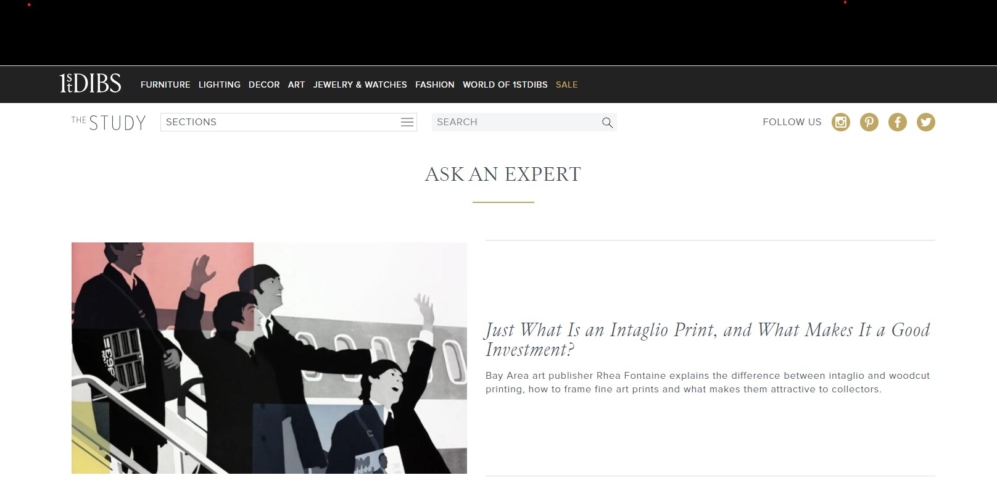
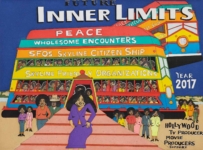 Untitled (Future Inner Limits), 2021
Untitled (Future Inner Limits), 2021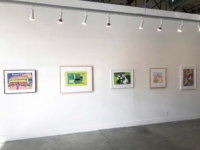
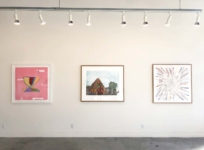
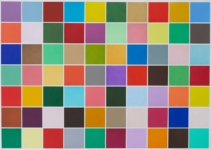 Spencer Finch, Back to Kansas, 2015
Spencer Finch, Back to Kansas, 2015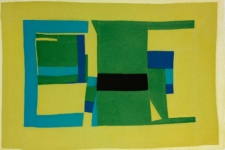 Louisiana Bendolph, History, 2007
Louisiana Bendolph, History, 2007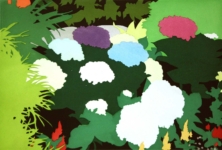 Kota Ezawa, Flowers, 2009
Kota Ezawa, Flowers, 2009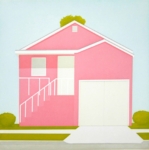 Salomon Huerta, Untitled (Pink House), 2001
Salomon Huerta, Untitled (Pink House), 2001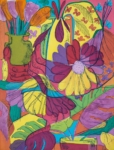 Woody De Othello, About That Time, 2021
Woody De Othello, About That Time, 2021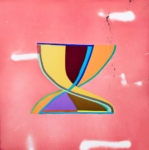 Alicia McCarthy, Z, 2018
Alicia McCarthy, Z, 2018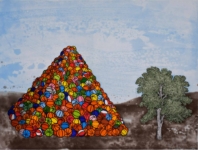 David Huffman, Basketball Pyramid, 2007
David Huffman, Basketball Pyramid, 2007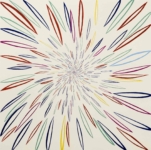 Chris Johanson, Energy 1, 2018
Chris Johanson, Energy 1, 2018